I. Introduction
In today's rapidly developing industrial production, packaging is a key step from production to sales. The emergence of fully automatic packaging machinery has greatly improved packaging efficiency, reduced labor costs, and also improved the consistency of packaging quality. This article will discuss the relevant technologies of fully automatic packaging machinery, including its working principle, key technologies, development trends and application areas.
II. Working principle of fully automatic packaging machinery
Fully automatic packaging machinery is usually composed of multiple systems, including material conveying system, packaging molding system, filling system, sealing system and finished product output system. The material conveying system transports the items or raw materials to be packaged to the packaging position; the packaging molding system makes the packaging materials into suitable shapes such as bags and boxes according to the packaging requirements; the filling system accurately fills the items into the packaging; the sealing system seals the packaging to ensure the integrity of the packaging; finally, the finished product output system outputs the packaged products to the subsequent process or storage area. The whole process is coordinated by the automatic control system to achieve continuous and efficient packaging operations.
III. Key technologies
(I) Automatic control system
Automation control system is the core of fully automatic packaging machinery. It uses advanced sensor technology, programmable logic controller (PLC) and human-machine interface (HMI), which can monitor and control each link of the packaging process in real time. Sensors can detect the location, quantity, status of packaging materials and other information of the material, and feed this information back to the PLC. The PLC precisely controls each component according to the preset program to ensure the accuracy and stability of the packaging process. The HMI provides operators with an intuitive operation interface for parameter setting, fault diagnosis and monitoring.
(II) Packaging material processing technology
The quality and processing method of packaging materials are crucial to the packaging effect. Fully automatic packaging machinery needs to have efficient packaging material processing capabilities, including material conveying, cutting, forming and recycling. For example, in film packaging, the machine needs to accurately control the tension of the film to prevent the film from wrinkling or breaking during the packaging process. At the same time, in order to meet environmental protection requirements, some packaging machinery is also equipped with packaging material recycling devices to recycle and process discarded packaging materials to reduce resource waste and environmental pollution.
(III) Filling technology
Filling technology is one of the key links of fully automatic packaging machinery. Different items require different filling methods, such as liquid, powder, granular, block, etc. For liquid filling, a high-precision metering pump or piston pump is required to ensure that the filling amount of the liquid is accurate; for powder and granule filling, a vibration or screw filling device is usually used to achieve accurate filling by controlling the vibration frequency or screw speed. In addition, some packaging machines are also equipped with an automatic weighing system to monitor the filling weight in real time during the filling process to further improve the filling accuracy.
IV. Development Trends
(I) Intelligence
With the development of artificial intelligence and Internet of Things technologies, fully automatic packaging machinery is moving towards intelligence. By installing more sensors and intelligent devices on packaging machinery, real-time monitoring and data analysis of the packaging process can be achieved. For example, machine vision technology is used to detect the appearance of the packaging, automatically identify defects on the packaging, whether the label position is accurate, etc.; through the Internet of Things technology, the packaging machinery is connected to the company's production management system to realize remote monitoring, fault warning and production scheduling, etc., to improve the intelligence level and management efficiency of production.
(II) Flexibility
In modern production, the diversification of product types and packaging specifications has put forward higher requirements for packaging machinery. Fully automatic packaging machinery needs to have flexible production capabilities and can quickly adapt to the packaging needs of different products. On the one hand, the mechanical structure design is more flexible, and by replacing some parts or adjusting parameters, the switch of packaging of different specifications can be realized; on the other hand, the control system can quickly respond to changes in packaging specifications, automatically adjust the working parameters of each component, reduce mold change time and downtime, and improve production efficiency and equipment utilization.
(III) Green Environmental Protection
Against the background of increasing global environmental awareness, the green environmental protection of fully automatic packaging machinery has also become a development trend. On the one hand, packaging machinery manufacturers pay more attention to energy saving and consumption reduction in the design and manufacturing process, adopt efficient motors, energy-saving drive systems and optimized mechanical structures to reduce the energy consumption of equipment; on the other hand, develop and apply more environmentally friendly packaging materials, such as degradable materials, paper materials, etc., to reduce pollution to the environment. At the same time, the recycling technology of packaging machinery is also constantly developing, improving the recycling rate of packaging materials and mechanical parts, and realizing the recycling of resources.
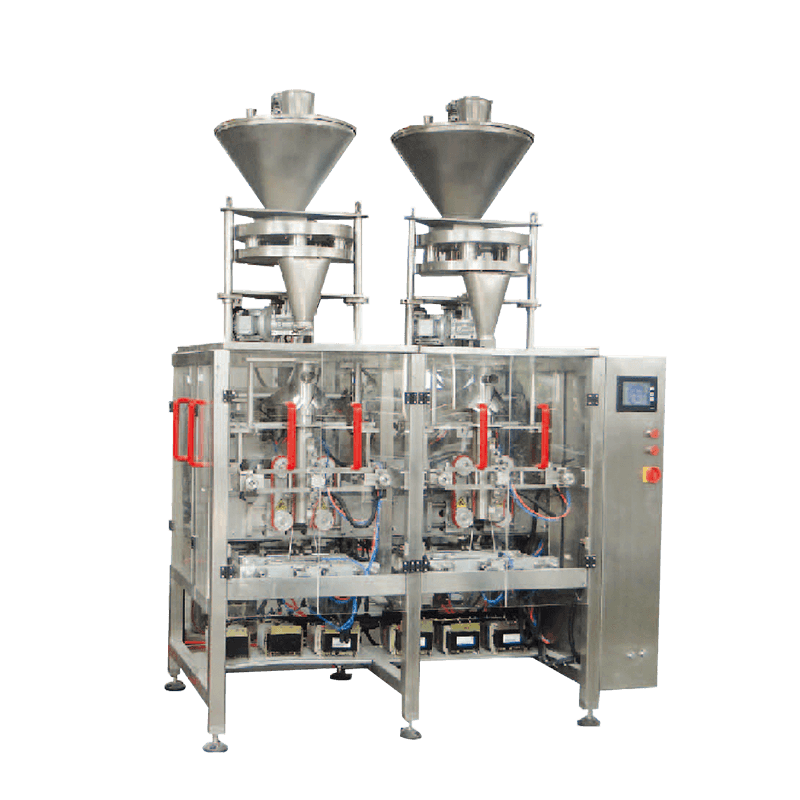
V. Application Field
Fully automatic packaging machinery is widely used in many industries such as food, medicine, chemical industry, and daily necessities. In the food industry, it is used to package various foods, such as beverages, candies, biscuits, meat products, etc., to ensure the hygiene and safety of food during transportation and storage; in the pharmaceutical industry, it is used to package pharmaceutical capsules, tablets, ointments, etc., to ensure that the packaging quality of drugs meets strict pharmaceutical production specifications; in the chemical industry, it is used to package various chemical raw materials and products, such as liquid chemicals, powder chemicals, etc., to prevent chemical leakage and pollution; in the daily necessities industry, it is used to package cosmetics, washing supplies, stationery and other products to improve the packaging aesthetics and market competitiveness of products.
VI. Conclusion
As an important part of modern industrial production, the technology of fully automatic packaging machinery continues to develop and innovate. The improvement of key technologies such as automatic control systems, packaging material processing technology and filling technology provides a guarantee for the efficient operation of packaging machinery. The development trend of intelligence, flexibility and green environmental protection enables fully automatic packaging machinery to better adapt to the needs of modern production. The wide application in multiple industries has also promoted the development of related industries. In the future, with the further advancement of science and technology, fully automatic packaging machinery will play a more important role in improving production efficiency, reducing production costs, ensuring product quality and environmental protection.


 English
English Español
Español عربى
عربى

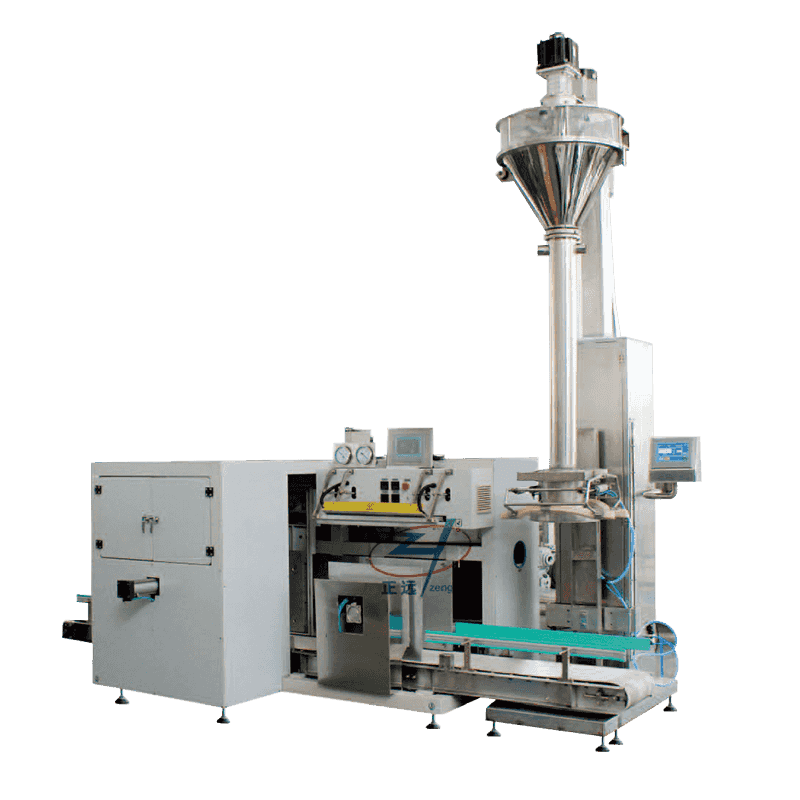
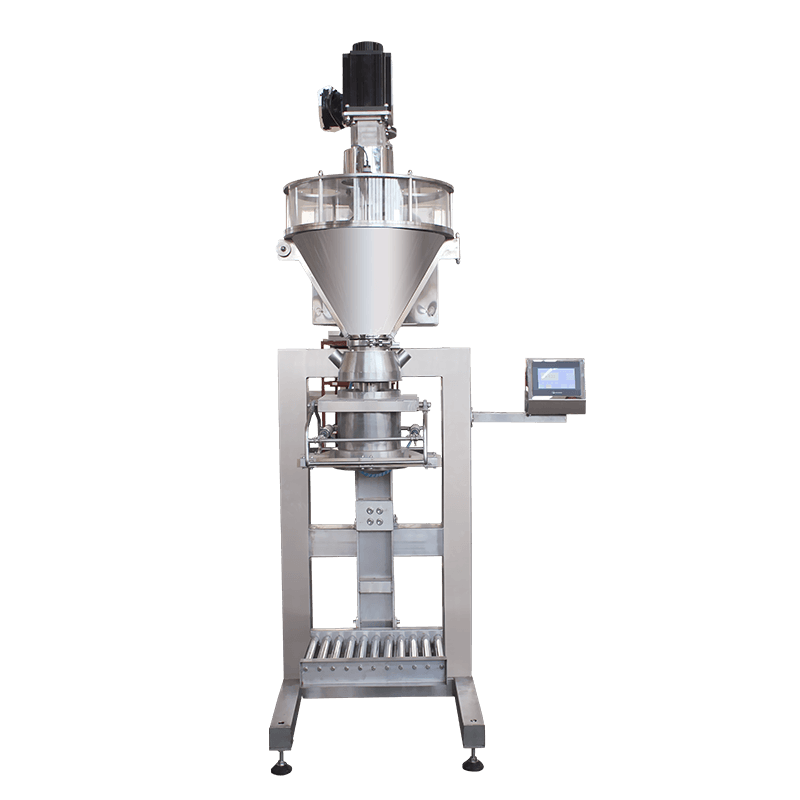
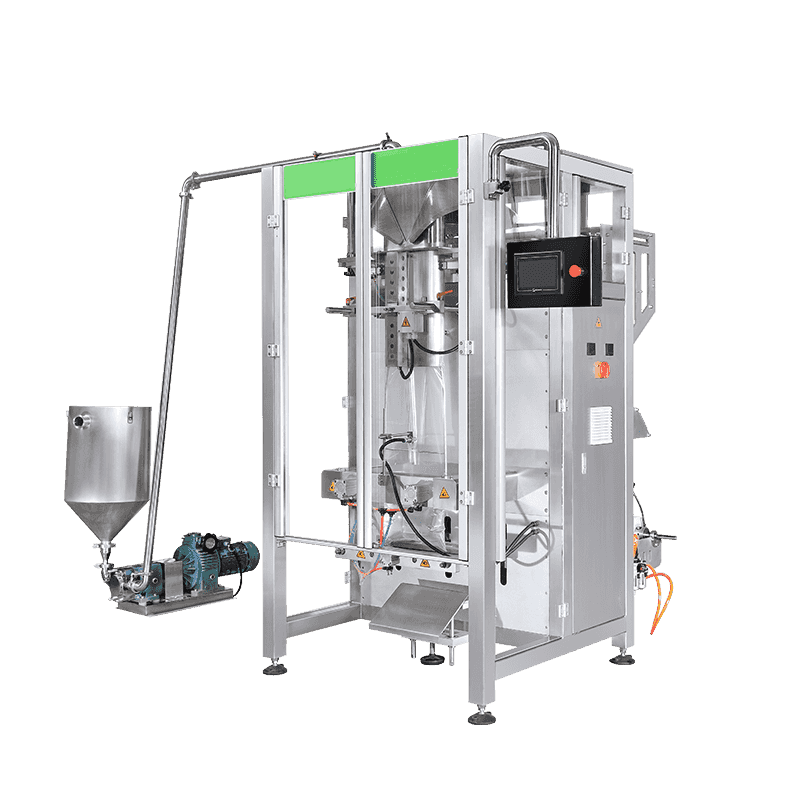
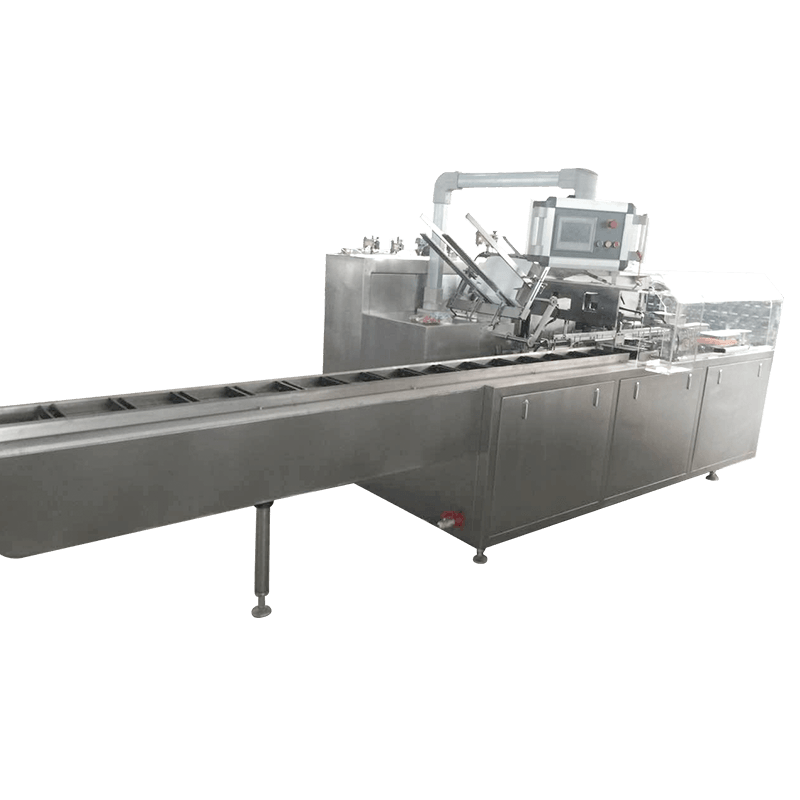
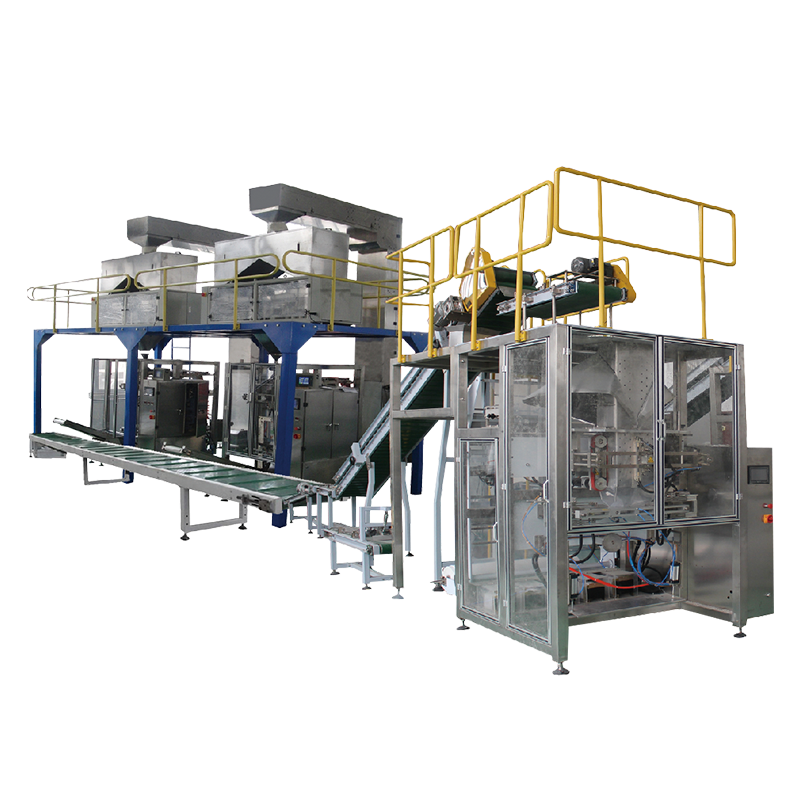
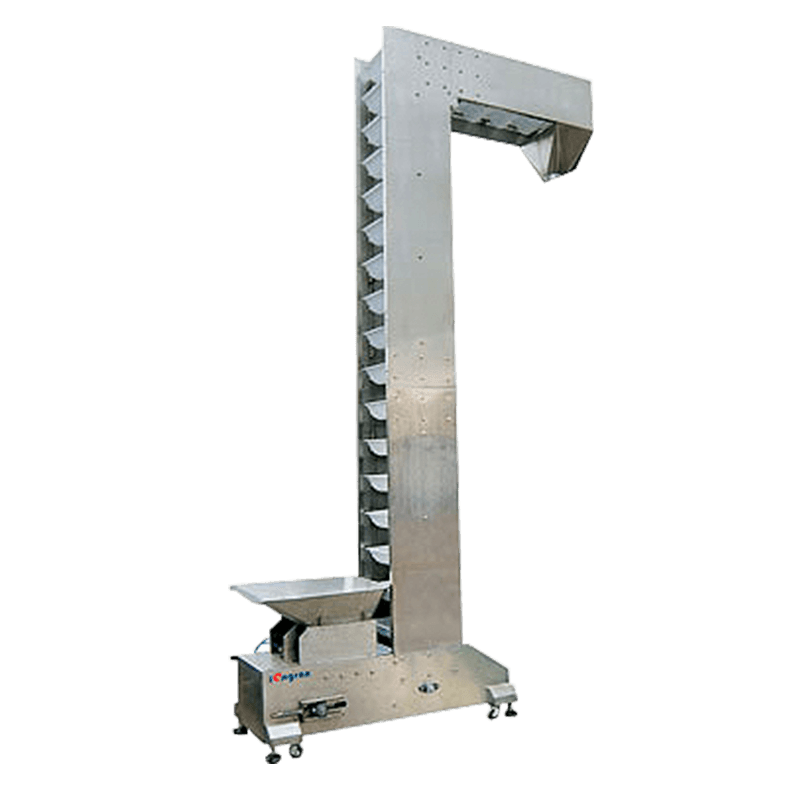
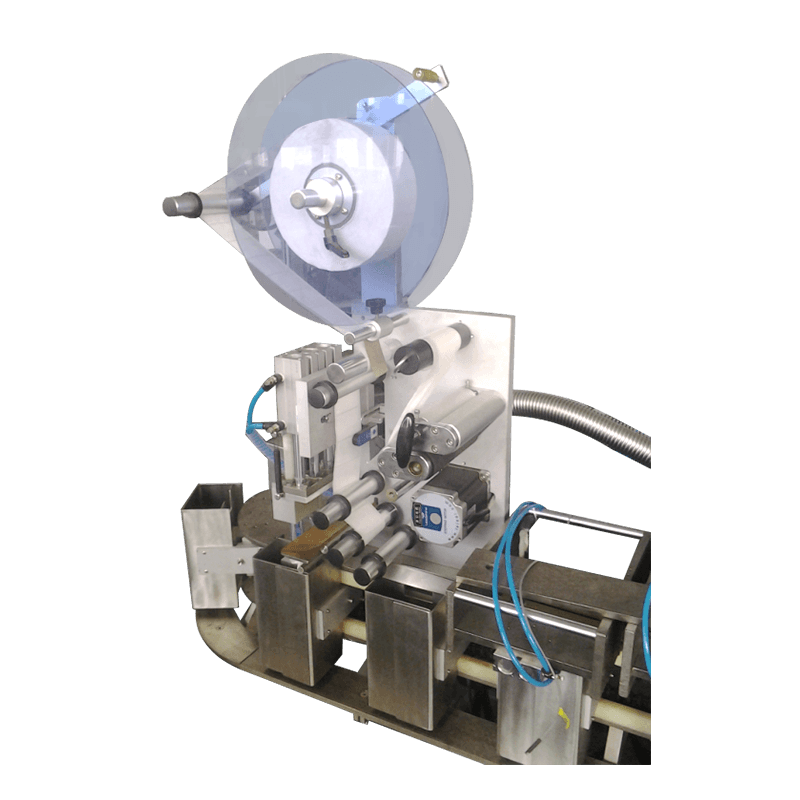
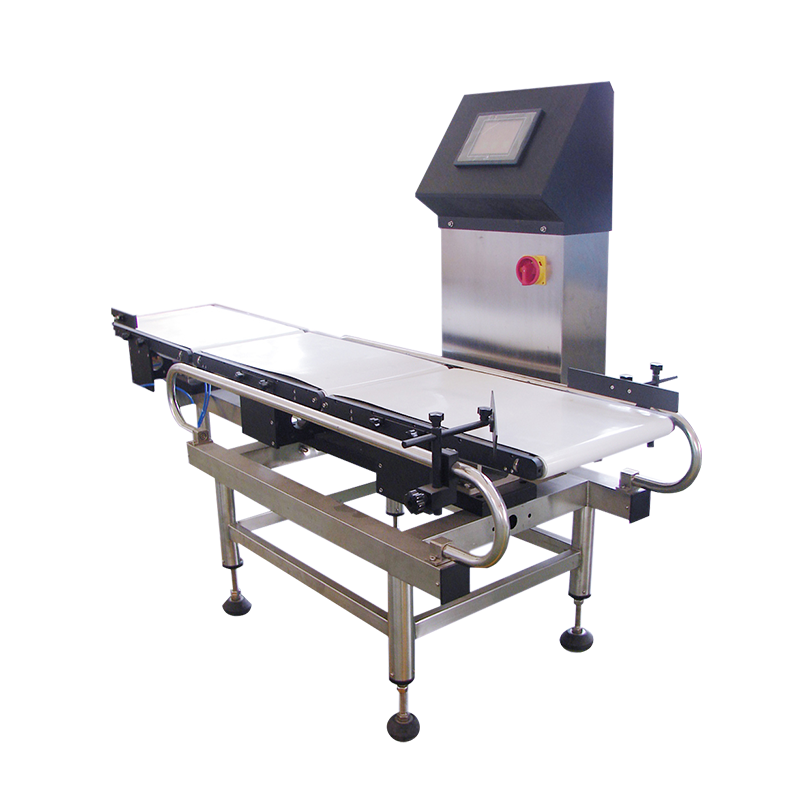

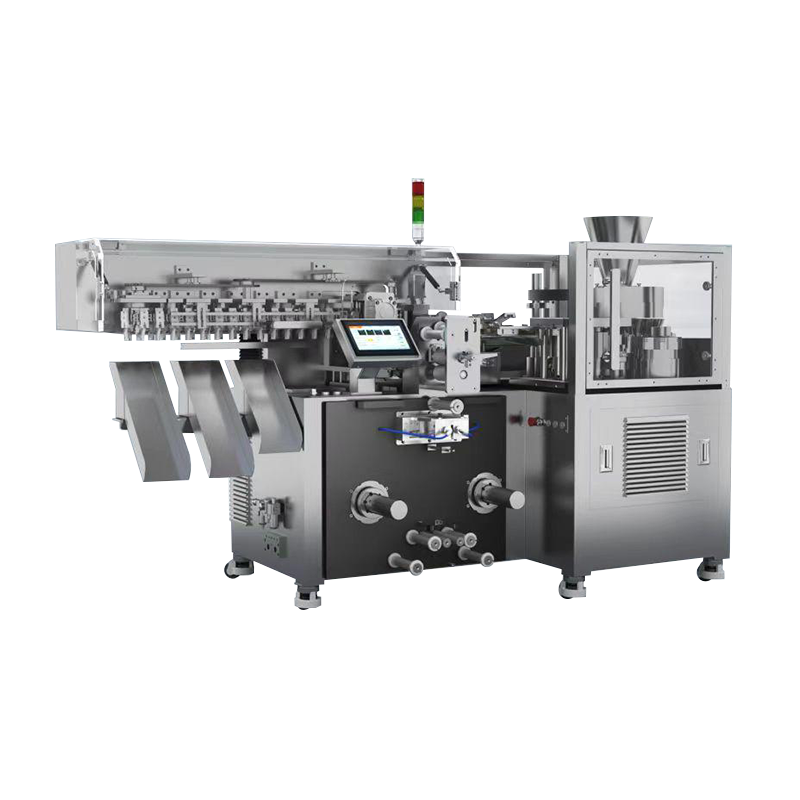
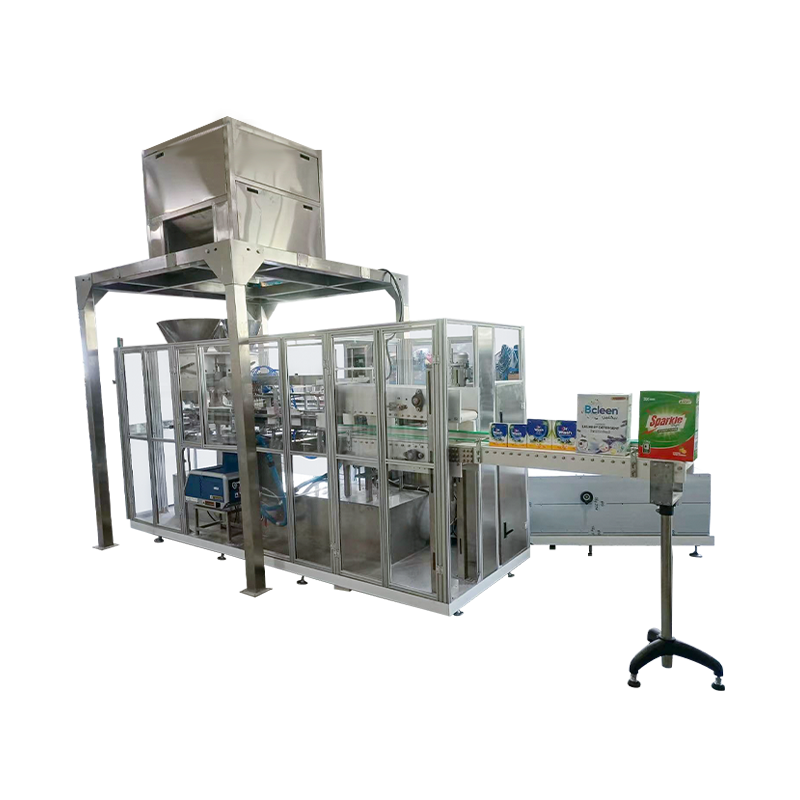

Contact Us